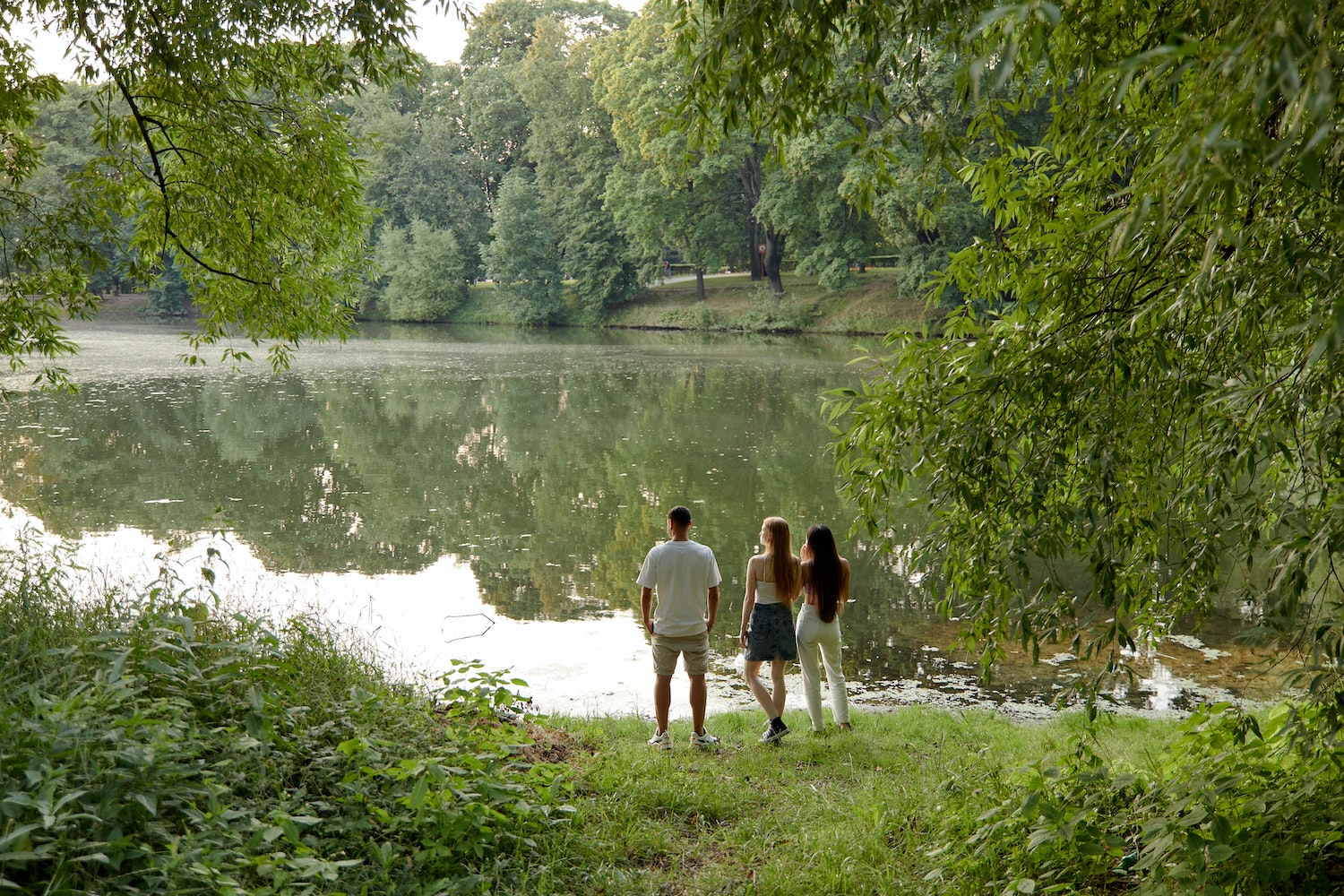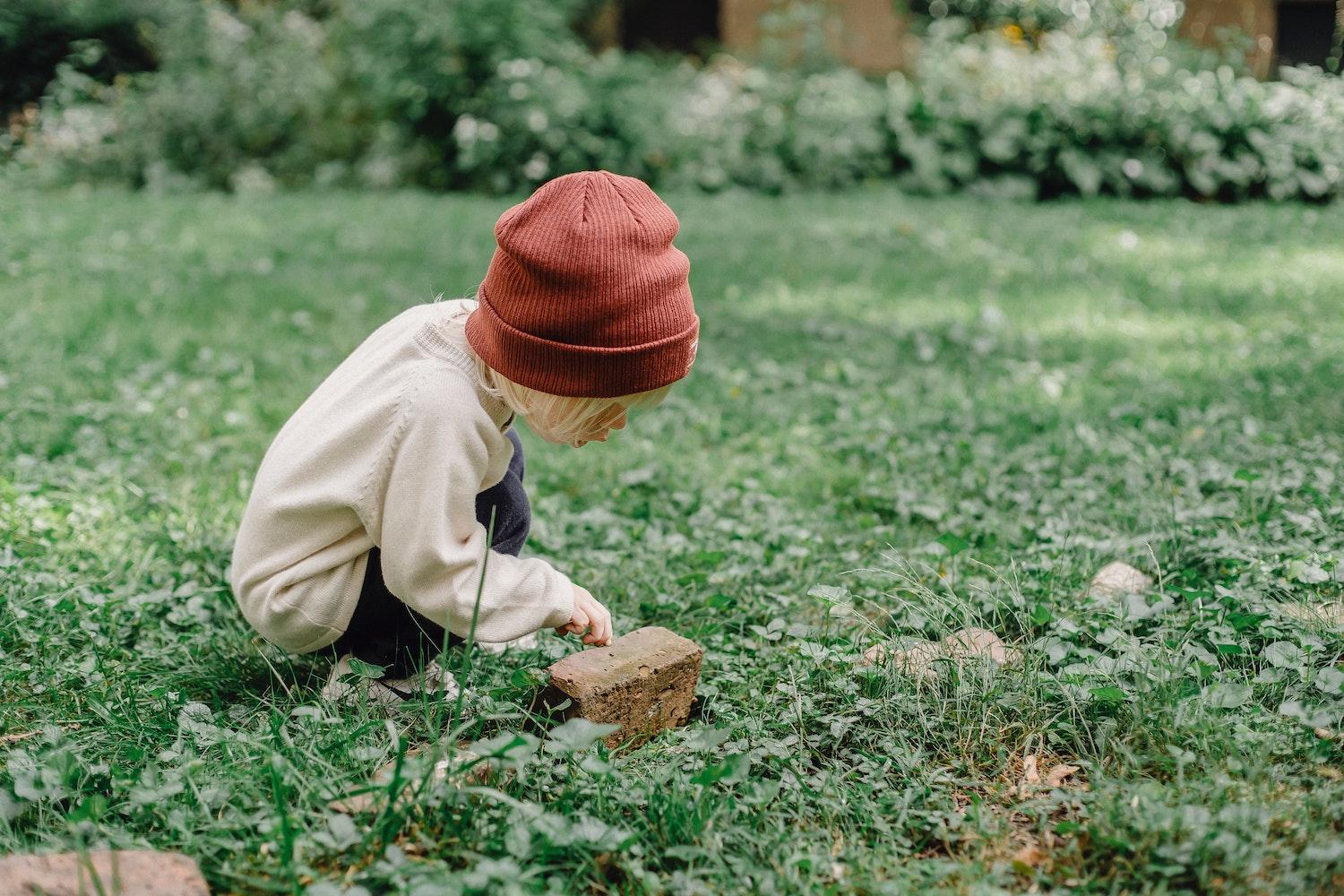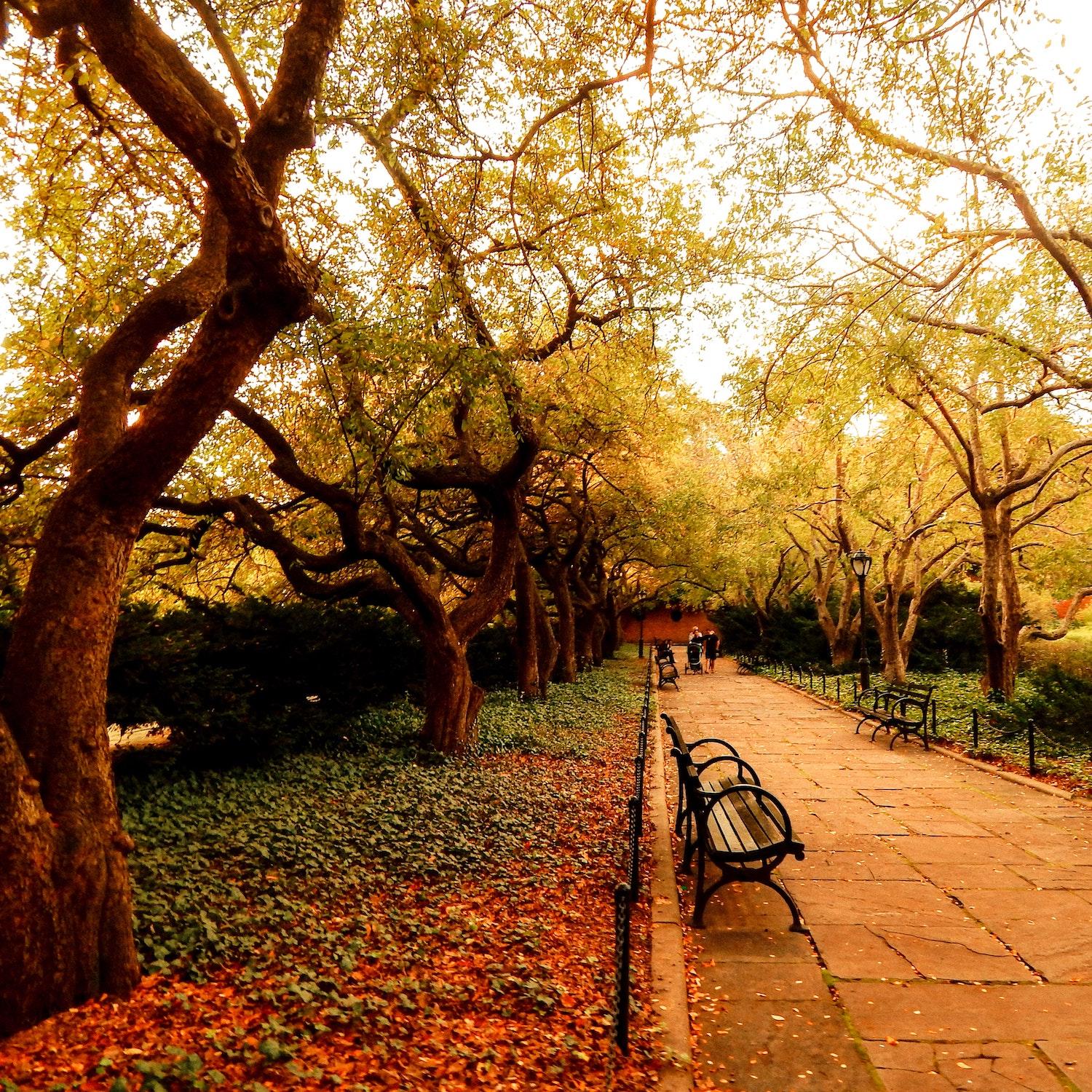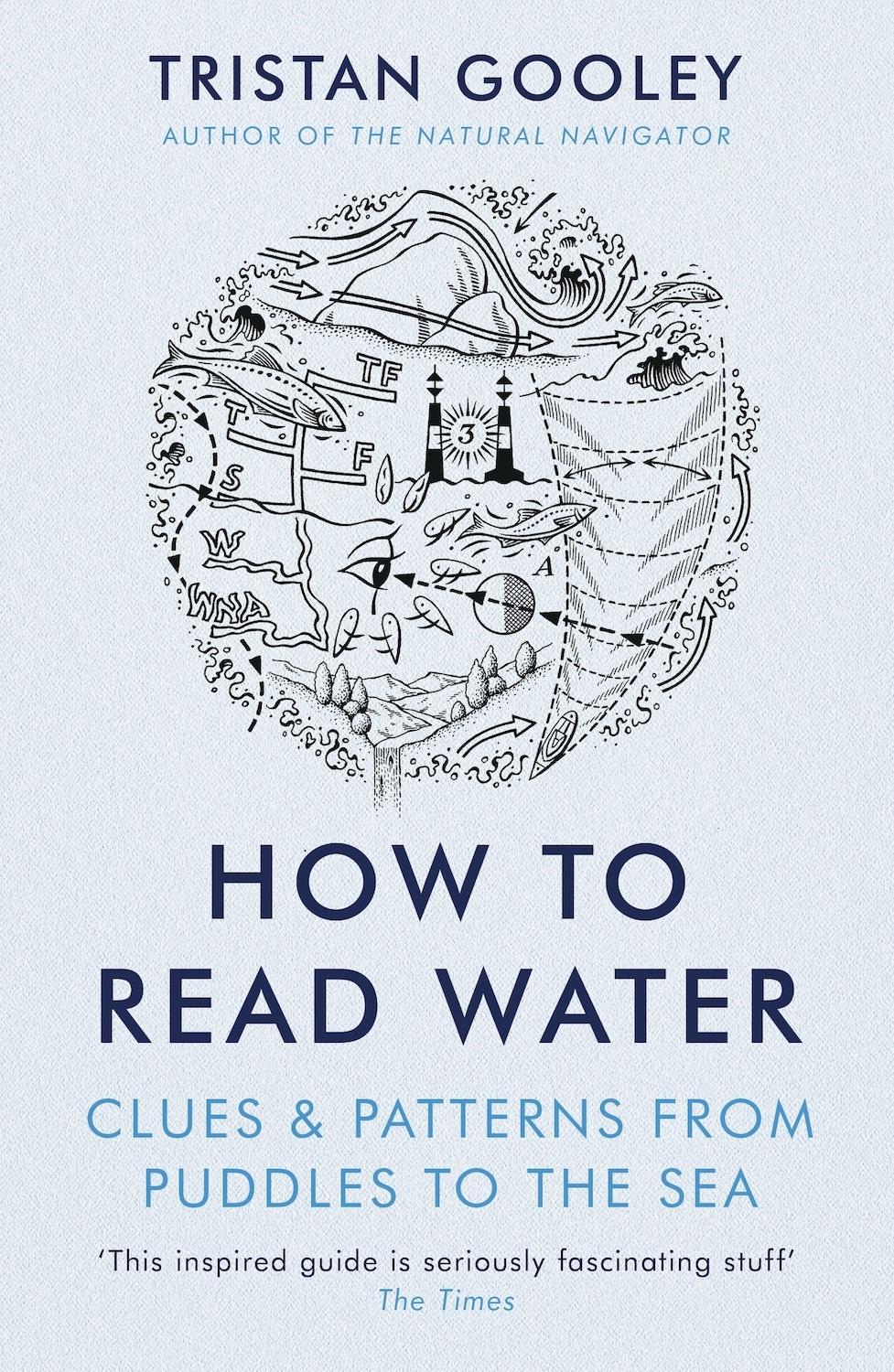By Tristan Gooley
Before we dive in, the first thing to recognize is that our brains love solving puzzles. There’s a reason why crosswords and sudoku are very popular; crime and suspense stories are on TV and in film; basically, humans love a good mystery and love solving puzzles.
So that’s the key. There are clues absolutely everywhere we look, literally everywhere. Every single thing we see outdoors is trying to tell us something. That’s how our ancestors navigated the outdoors, and modern explorers can navigate too—even in a city park.

Sun
The sun, moon and the stars can give us direction; the fastest way to get started if you’re new to it is just to remember that in the Northern part of the world, north of the Tropics—so that’s all of Europe and most of North America—the sun is due south in the middle of the day. You can use the moon and the stars as well, but the sun is the one we are most likely to see if we are in a park and use to navigate.
Clouds

Coming down a little bit, clouds are for most people in the background, but every single cloud is part of a map. Particularly the low cumulus clouds, these are the rounded, bubbly type, the fluffy sheep, every single one of those is telling you something a bit warmer is below. And that warmer could be dark woodland, but in a city context, it’s showing you the warmest parts of the city.
In this case, it is often clusters of buildings or maybe a parking lot —clouds form over because the dark tarmac absorbs the sun’s heat. They form over hills as well.
Whichever park you go to, just notice where, on a warm day, you see these clouds bubbling up more often than in other places. Draw a line down from that down to the ground and see if you can work out what it is and that’s just the start of seeing your landscape in the sky.
Wind

Coming down a bit more we can use the wind to navigate. Start to take notice of the wind you feel because quite often if you lose absolutely everything else, the wind can give you a sense of direction.
Very simply, as you walk into the park, you might notice there’s a breeze on your face. You can then do a little exercise in the middle of the park of just closing your eyes and turning around, and just by feeling the breeze on the back of your neck and your back, you’ll be facing home or the inverse, the route back from where you came.
Plants

We can look at plants next—every time you see a stinging nettle or, better still, a clump of stinging nettles, that’s telling you there’s been a lot of human or animal activity there. Humans and animals change the soil, making it richer in nutrients and stinging nettles reflect this.
On the less delightful end of things, for example, you’ll get a lot of stinging nettles where dogs urinate. So just as you come into gates of parks, quite often dogs go and lift their leg against a bush or tree or railings there, and you’ll find stinging nettles.
So that’s the explorers’ way—we don’t always look for just the lovely stuff when we want to know what’s happening around us.
Paths

Next, we can use the paths themselves; wherever a minor path meets a major path, like a T junction in a road, look closely at the ground. You’ll see that it’s not a perfect T shape; there’s a rounded corner, one side will be more rounded than the other, and that’s showing you the direction most people turn.
And that can be very useful in a larger park as it can show you how to get out of a park; it also shows you the patterns most people are following. And that’s part of being an explorer, understanding where people and animals have travelled most often because it indicates that’s where water and other things are happening.
Birds

Finally, we of course, take an interest in the animals, so notice just before the weather changes the sound of birds changes. You get normal bird song in Spring and early Summer, but if there’s bad weather about to come in, really windy or rain or a storm, the birds will go silent. Sometimes you will hear alarm calls which are just short staccato sorts of sounds.
Just tuning into each of these areas every time you go into a park will reveal so much—you’ll see and sense things that 100 other people in the same park won’t pick up at all. Happy exploring!
Tristan Gooley is the author of award-winning and bestselling books, including The Natural Navigator and The Walker’s Guide to Outdoor Clues & Signs. Learn more about natural navigation at naturalnavigator.com.



